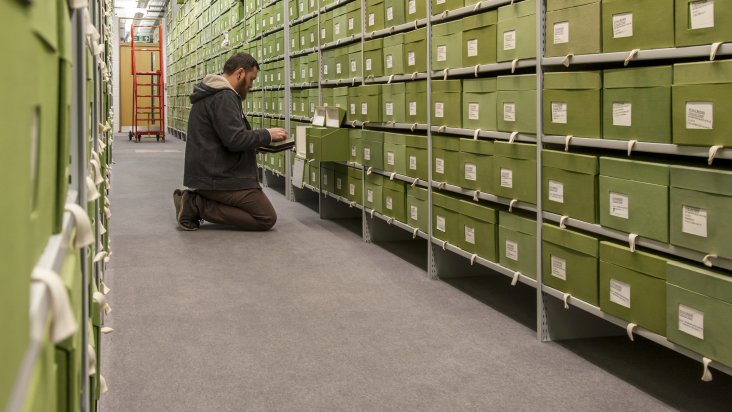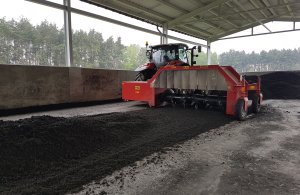In recent years, fungi have become increasingly important in the development of sustainable and bio-based materials to replace plastic, rubber, wood and leather. Kew, the world’s leading botanic gardens, at the forefront of plant and fungal science and a UNESCO World Heritage Site stocks over 1.25 million dried specimens. London-based Kew’s Fungarium collection is therefore the largest, one of the oldest and most scientifically important in the world. The Fungarium contains specimens from every part of the globe and reflects the importance of fungi as providers of food, medicines, enzymes and essential ecosystem services. Their oldest specimens date back to the early 18th century, and they have a rich collection of historically significant material, including fungi collected by John Ray, Charles Darwin and Alexander von Humboldt. The Fungarium holds an estimated 380,000 specimens from the UK alone, which are designated as the British National Collection of fungi. Collections from other parts of the world focus especially on historically significant collectors from the 19th century. Almost a third of the Kew collection has been databased and is available online, including all incoming specimens since 1997. “On a weekly basis, the diversity of species increases as we receive species new to our collections from researchers and institutions from all over the globe.” they state on their website. “In 2015, a brand new species of fungus, Geastrum Brittanicum, was discovered in Norfolk. It had been collected 18 years ago, but it was only in 2015 that it was revealed to be a new species to science, with the aid of DNA sequencing.”
Kew’s Fungarium










